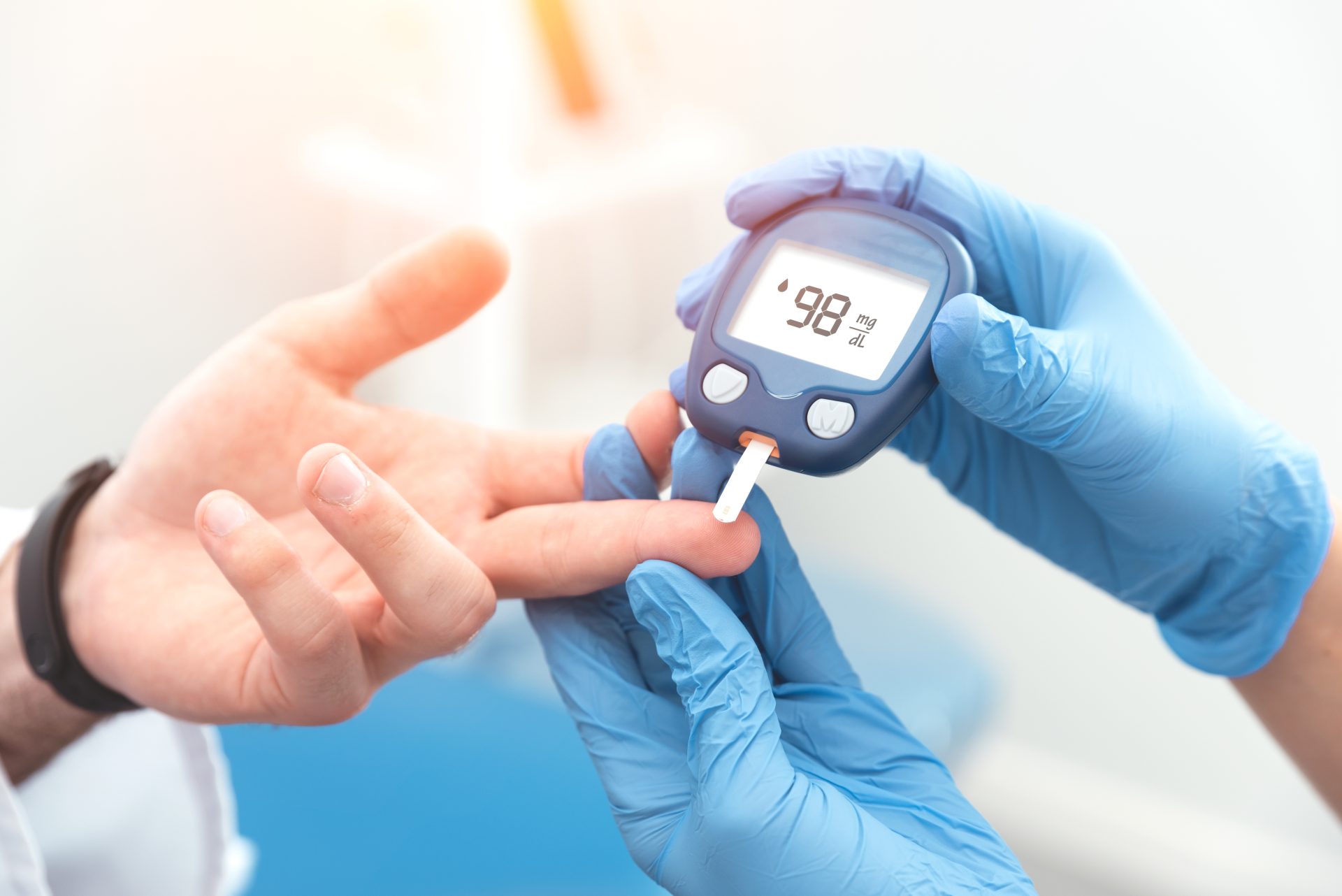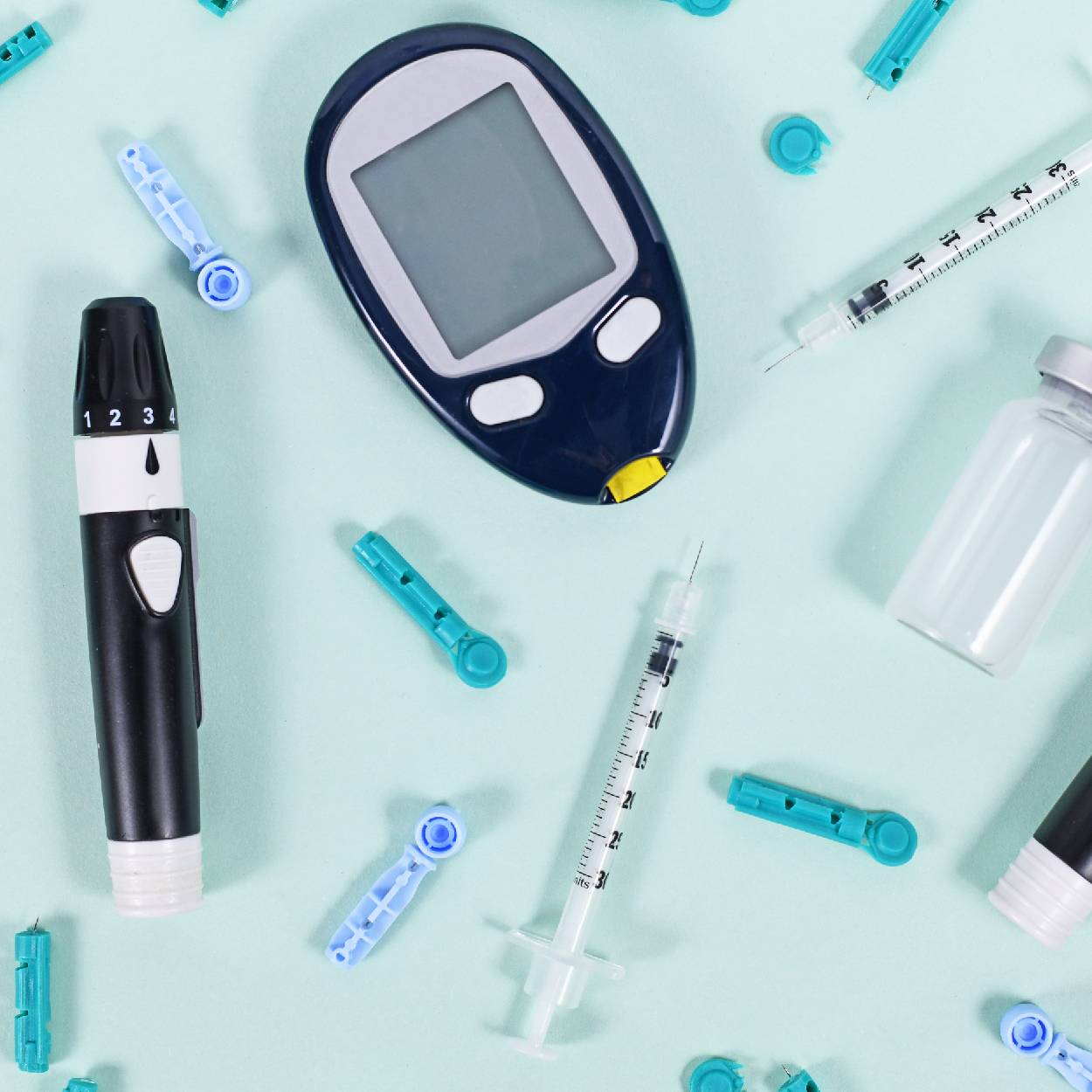Terri Lipman, PhD, CRNP, developed the Philadelphia Pediatric Diabetes Registry, which accounts for all cases of type 1 diabetes in children in Philadelphia. In her latest findings, she observed that children in the city experienced a dramatic increase in type 1 incidence over 20 years, particularly in children under the age of 5. Dr. Lipman wants to raise awareness on a national level and wants health care providers to consider type 1 when examining young children.
By: John Parkinson, Clinical Content Coordinator, DiabetesCare.net
As a young doctoral student, Terri Lipman came to realize a disparity in which children, based on race, were being diagnosed with type 1 diabetes at her hospital, St. Christopher’s Hospital for Children in Philadelphia, PA. Interested to find out if this was just a phenomenon in her hospital or if these results had a wider scope and scale, she decided to write her doctoral dissertation on the epidemiology of the incidence rate of type 1 in children in Philadelphia. She was going to accomplish this by looking at children with the diagnosis of diabetes admitted to all hospitals in the city and see if there were similar patterns.
Under the tutelage of her mentor Ronald LaPorte, PhD, who had guided the development of diabetes registries around the US, Dr. Lipman decided to begin a database to keep track of how many actual cases were being diagnosed in Philadelphia. This database, which began in 1985, became the Philadelphia Pediatric Diabetes Registry, and is the oldest and most continuous registry in the United States.
When Dr. Lipman began her work on the Philadelphia Pediatric Diabetes Registry, she had to obtain data from all city hospitals that admitted children. One of the more unique aspects of collecting these data is that the standard of care in Philadelphia is for every child diagnosed with type 1 to be admitted to a hospital, even for those cases diagnosed in a family practitioner’s office. In this way, it makes it easier to obtain conclusive numbers.
Through the years, Dr. Lipman has collected valuable information pertaining to the type 1 incidence rate in the city including racial differences and socioeconomic data. Most recently, she reported from the registry that there was a 70 percent increase in type 1 incidence in children under five years old in the city over a 20 year period between 1985 to 2004. DiabetesCare.net shared these results in the published press release which can be read here.
Her continuous dedication to the registry not only provides evidence about the disturbing rate at which children are being diagnosed in Philadelphia, but also serves as a microcosm to a larger national problem. And certainly Dr. Lipman believes all fellow clinicians should be considering type 1diabetes in their youngest patients.
Today, Dr. Lipman is a professor at the University of Pennsylvania School of Nursing and is in clinical practice at Children`s Hospital of Philadelphia (CHOP) in the Division of Endocrinology and Diabetes.
DiabetesCare.net talked with Lipman and she provided some insights about the inner workings of the registry, some of her discoveries at various cohorts, and her overall message about her latest study’s findings.
DiabetesCare.net: Can you explain what the Philadelphia Pediatric Diabetes Registry is and how it came to be?
Lipman: I developed the registry because, as a clinician, I was noticing that there were differences in my patients in terms of racial groups and the incidence rates of type 1 diabetes.
At that time, my practice was at St. Christopher’s Hospital for Children, and I didn’t know if it was a characteristic of referrals to that hospital or true racial differences within a geographic area. I knew there were other registries, similar to the one in Allegheny County, Pennsylvania. One of my mentors, Dr. Ron LaPorte, started the field of pediatric diabetes epidemiology.
I was a doctoral student and I went to the record rooms of all the hospitals that admitted children. Back then, there were 11 hospitals and they were able to search their discharge databases. I then reviewed all the records of children with newly diagnosed diabetes. It is much more streamlined today because St. Christopher’s and Children’s Hospital of Philadelphia admit over 98 percent of the children with diabetes.
Diabetescare.net: In your recent paper you found that young children were developing type 1 diabetes at a very high rate. What are some of the other interesting facts and statistics that come from the registry about who is getting the disease? Who is seeing the greatest incidence?
Lipman: What is very interesting in Philadelphia is the highest incidence is the Hispanic population. Philadelphia is wonderfully diverse because we have three large racial groups: white, black and Hispanic. Our registry was the first to show a high incidence rate in Hispanic children because the other registries that were published that contained Hispanic children were mainly made up of children of Mexican origin. So the data related to Hispanic children before the Philadelphia registry was that type 1 diabetes in Hispanic children was low. In Philadelphia, we have a very large population of Hispanic children of Puerto Rican origin who have a high incidence rate of type 1. And when we look at Puerto Rico, they also have a very high incidence of type 1 diabetes in children.
We also identified an epidemic of diabetes in 1993. That was two years after a measles epidemic we had in Philadelphia. We also identified an epidemic of type 1 diabetes in black adolescents in the last registry where we published results.
With each registry and when the data is analyzed carefully, there are interesting facts that emerge each time.
DiabetesCare.net: Does this help clinicians to make them realize they need to be aware of type 1 and the incidence rates?
Lipman: Absolutely. Diabetes is not something parents and primary care practitioners tend to think of in very young children. My hope is that the word can get out about these results. Children under five have the highest rate of morbidity and mortality at the time of diagnosis.
DiabetesCare.net: Why is it difficult to diagnose in the very young?
Lipman: First off, it is not high on their list of differential diagnosis. Secondly, the symptoms are difficult to identify. If you have a 12 year old whose teacher is calling and telling the parents that he is asking to go to the bathroom every ten minutes, someone is going to think about diabetes pretty quickly. However, in young children in diapers, it is often difficult to quantitate. These young children cannot say they are thirsty. And diagnosis is often delayed to the point that young children are quite sick at the time of diagnosis. The biggest service that this data can do is raise the awareness of the lay public and providers that type 1 diabetes is not only present in very young children, but it is skyrocketing.
DiabetesCare.net: Are there any theories as to why we are seeing this alarming increased incidence rate of type 1 diabetes in children?
Lipman: There have been a number of studies that have looked at environmental factors that trigger autoimmunity or the possible factors that explain the rise in the disease. The accelerator hypothesis is one that has had a lot of press. It proposes that children who are obese, stress the islet cells of the pancreas. This triggers an autoimmune process in those who are genetically predisposed to developing type 1 diabetes. This hypothesis is curious in that we generally think of obesity as being associated with type 2—not type 1 diabetes.
This hypothesis is something we were able to evaluate in this sample. We looked at BMI in this cohort and the BMI in the last cohort, and did not see signs of obese children and an increased incidence of type 1. Although this is really a theory that seems logical because it could increase incidence very quickly, we weren’t able to confirm it and other studies have not shown it as well.
There is also the hygiene hypothesis that says because children have less exposure to viruses and bacteria compared to years ago, they have heightened immune responses. The theory proposes that children today have weaker mechanisms for regulating the immune response.
If we look back many years ago, we can say children that were exposed to many more viruses and bacteria. More children used public transportation and houses were occupied with many more people. There were childhood illnesses then that are virtually eradicated now. However, when considering factors that cause a sharp rise in diabetes in a five or ten year period, it seems unlikely that it is a change in exposure to organisms.
DiabetesCare.net: What specific information are you trying to capture with the registry?
Lipman: Because this is retrospective registry, we are only able to collect demographic and some clinical information. We are collecting data on age, race, sex, type of diabetes, date and season of onset, and some indirect information on socioeconomic status. We are also collecting data on height and weight.
DiabetesCare.net: With the registry could you in fact find out if there is a cluster or areas where there is a greater incidence?
Lipman: We can do that through GEO Coding. We have not seen that diabetes has a higher incidence in certain areas of the city.
DiabetesCare.net: With the increased incidence of type 1 diabetes, do you see this as a microcosm for the rest of the United States?
Lipman: Absolutely! Yes, I believe this is a microcosm of what is happening in the United States. If you are familiar with the SEARCH study, a large registry that was started in the early 2000s, our data looks very similar to their data in terms of the incidence in young children. They don’t have the history that we have. They can’t look back 20 years; however, their data from 2000 to 2004 are very similar to ours.
In Europe, it has been reported that there has been a tremendous increase in diabetes in very young children. I do believe if we had registries throughout the United States that existed for 20 years we would see the same pattern. There is a registry in Colorado that was operating at the time my registry started, then stopped collecting data for a number of years. The Colorado registry started collecting data again in 2000, and showed a sharp increase in very young children.
DiabetesCare.net: What is your hope for your findings?
Lipman: I want to raise awareness about the dramatic increase of type 1 in children—especially in very young children. These are the most important data that I want disseminated to clinicians and parents.




